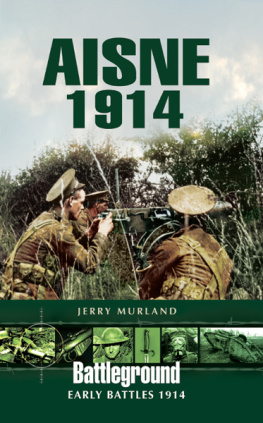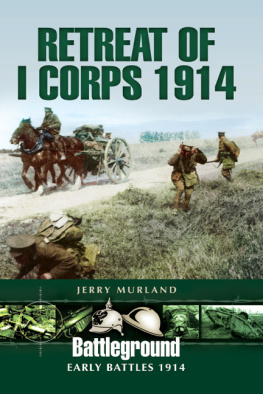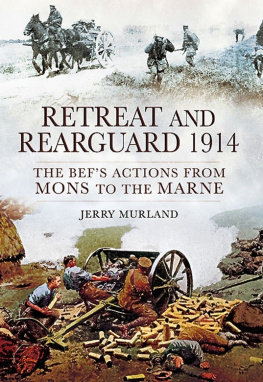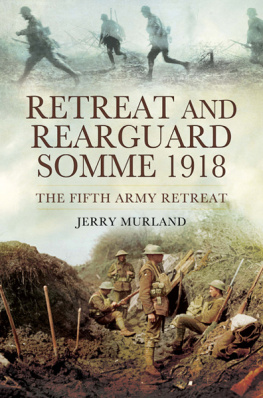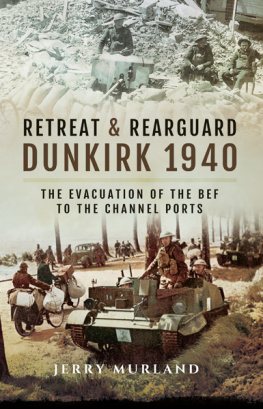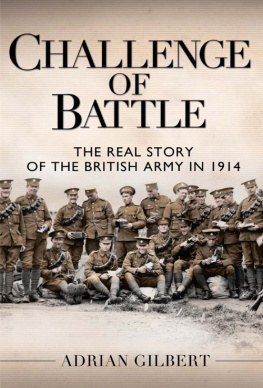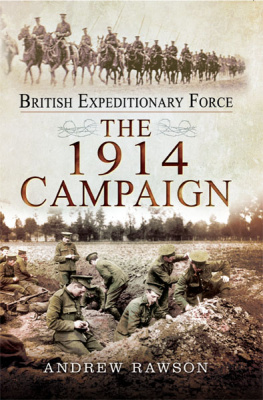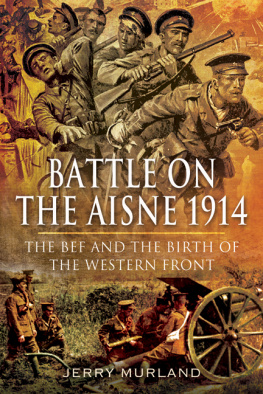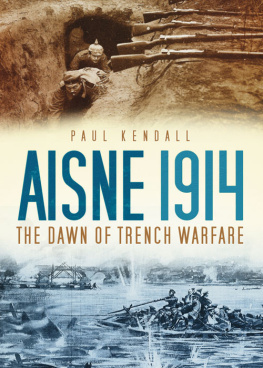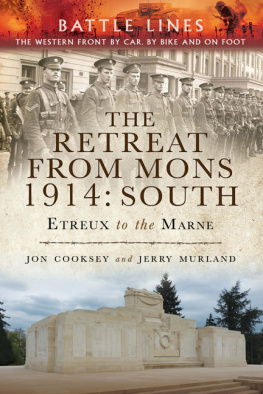

First published in Great Britain in 2012 by
Pen & Sword Military
an imprint of
Pen & Sword Books Ltd
47 Church Street
Barnsley
South Yorkshire
S70 2AS
Copyright Jerry Murland 2012
ISBN: 978 1 84884 769 9
eISBN: 978 1 78337 839 5
The right of Jerry Murland to be identified as author of this work has been asserted by him in accordance with the Copyright, Designs and Patents Act 1988.
A CIP catalogue record for this book is available from the British Library.
All rights reserved. No part of this book may be reproduced or transmitted in any form or by any means, electronic or mechanical including photocopying, recording or by any information storage and retrieval system, without permission from the Publisher in writing.
Typeset in 11pt Ehrhardt by
Mac Style, Beverley, E. Yorkshire
Printed and bound in the UK by CPI Group (UK) Ltd, Croydon, CRO 4YY
Pen & Sword Books Ltd incorporates the Imprints of Pen & Sword
Aviation, Pen & Sword Family History, Pen & Sword Maritime, Pen &
Sword Military, Pen & Sword Discovery, Wharncliffe Local History,
Wharncliffe True Crime, Wharncliffe Transport, Pen & Sword Select, Pen
& Sword Military Classics, Leo Cooper, The Praetorian Press, Remember
When, Seaforth Publishing and Frontline Publishing.
For a complete list of Pen & Sword titles please contact
PEN & SWORD BOOKS LIMITED
47 Church Street, Barnsley, South Yorkshire, S70 2AS, England
E-mail: enquiries@pen-and-sword.co.uk
Website: www.pen-and-sword.co.uk
Contents
In memory of Captain Robert Frank Hawes of the 1st Battalion Leicestershire Regiment who fought and died on the Aisne in September 1914.
A hundred of Thy sunsets spill Their fresh and sanguine sacrifice, Ere the sun swings his noonday sword Must say goodbye to all of this; By all delights which I shall miss, Help me to die, O Lord.
W N Hodgson
Acknowledgements
O nce again I owe a heartfelt debt of gratitude to the men who fought on the Aisne in 1914 and recorded their experiences for future generations to read. Without their observations and accounts of the four weeks of the campaign, this book would have been all but impossible to write. In tracking down those accounts I must thank the Institution of the Royal Engineers for permission to quote from the RE Journal , the Imperial War Museum, the British Library, The Grenadier Guards archive, the Royal Air Force Museum, 9th/12th Lancers Museum at Derby, the Somerset Light Infantry archive, the Leicestershire Record Office and the National Archives. To Maurice Johnson I must extend my special thanks for allowing me full access to his extensive personal archive of Aisne material and for his advice and opinions on numerous questions which arose during the writing of the book.
No book of this nature could be written without first covering the ground on foot and following in the footsteps of those who fought in the valley nearly 100 years ago and in which respect my thanks must go to Dave Rowland, Paul Webster and Bill Dobbs who spent three days with me in March 2012 walking the battlefield and sampling the local brew, and to my wife Joan who first discovered the steep hillsides and valleys of the Aisne with me in 2008. Thanks must also go to the myriad of Great War Forum members who have answered questions, corrected my errors and sent me material. In particular I must thank Doug Lewis, Keith Iles, Stuart Cole, Adam Llewellyn, Jonathan Saunders and John Etheridge who have gone out of their way to collect or transcribe material for me. Sebastian Laudan in Germany pinpointed exactly which German units were involved in the fighting on the British front. Rebecca Jones of Glory Designs in Coventry has again made sense out of my sketches in producing some excellent maps and The History Press very kindly gave permission to quote from Tickled to Death to Go . The photograph of Jock Marden is courtesy of his grandchildren John, Stephen, Tom and Richard Espley through his daughter Hazel. My thanks also go to Jon Cooksey who has once again edited this volume with his usual diligence and enthusiasm. In all instances every effort has been made to trace the copyright holders where any substantial extract is quoted. The author craves the indulgence of literary executors or copyright holders where these efforts have so far failed.
Jerry Murland
Coventry 2012
Introduction
The question has often been posed whether the trench stalemate would have come to pass if France had possessed a Napoleon .
Basil Liddell Hart A History of the First World War
T he First Battle of the Aisne officially ended on 15 September 1914. It was an encounter which, to all intents and purposes, began three days earlier when Brigadier General Hunter-Westons 11 Brigade crossed the river under the cover of darkness at Vnizel and very nearly caught the German defence above Bucy-le-Long off-guard. After 15 September the nature of the fighting changed as the two sides paused for breath and began to consolidate their respective positions. As the spade became the most sought after weapon along the British lines, the notion of trench warfare reared its head for the first time and with it, the war of movement, which had characterized the first weeks of the Great War, slowly ground to a halt. For the British Expeditionary Force (BEF) this stalemate continued for another three weeks until units of the French Army began to relieve them in early October 1914 to facilitate the move to Flanders where the last great battle of 1914 was to be decided.
This book does not aspire to be a definitive account of the First Battle of the Aisne Edmonds Official History already serves that function well enough. When I began researching the primary source material for this book, however, I determined to take a fresh look at a battle which has, over the years, been almost forgotten; overshadowed as it was then and is now by the Retreat from Mons and the First Battle of Ypres. My primary intention in re-examining the battle is to give voice to those who took part in the fighting, lived through it and chronicled their experiences in diaries and letters at the time. Consequently the text leans heavily on their written accounts. Needless to say, it is through these accounts that the personal stories of battle allow us to temporarily share the hardship and terror of warfare and the brutality of the battlefield. Perhaps more importantly they provide us with a glimpse of the irrepressible humanity of man which was occasionally allowed to surface no better illustrated than in Captain Guy Wards journal of 18 September 1914 when he records going out under fire with several men of the South Wales Borderers to help bury thirteen Cameron Highlanders because they couldnt bear to see them lying out in the open so pitifully. Consider too, the action of 23-year-old Lieutenant George Hutton of 3/Signal Company who drowned swimming across a swollen River Aisne attempting to take a telephone cable to the north bank. Hutton refused to allow an enlisted man to do so on the grounds that the man was married and Hutton was not. Greater love hath no man.
In those early weeks of the war the BEF was fighting very closely alongside its French allies but, given the size of the British force, it was a very minor player on the wider strategic canvas then unfurling across France and Belgium. That said, this account of the fighting in the Aisne valley focuses solely on the men of the BEF and the German units they were in contact with and only describes the actions of French army units where it is necessary to provide an appreciation of the wider strategic picture. To place the role of the BEF in perspective, by the time the British arrived on the Aisne in September 1914 the battle line stretched some 150 miles from Noyon in the west to Verdun in the east and it was only along a tiny 15-mile sector in the centre which the British were engaged.




